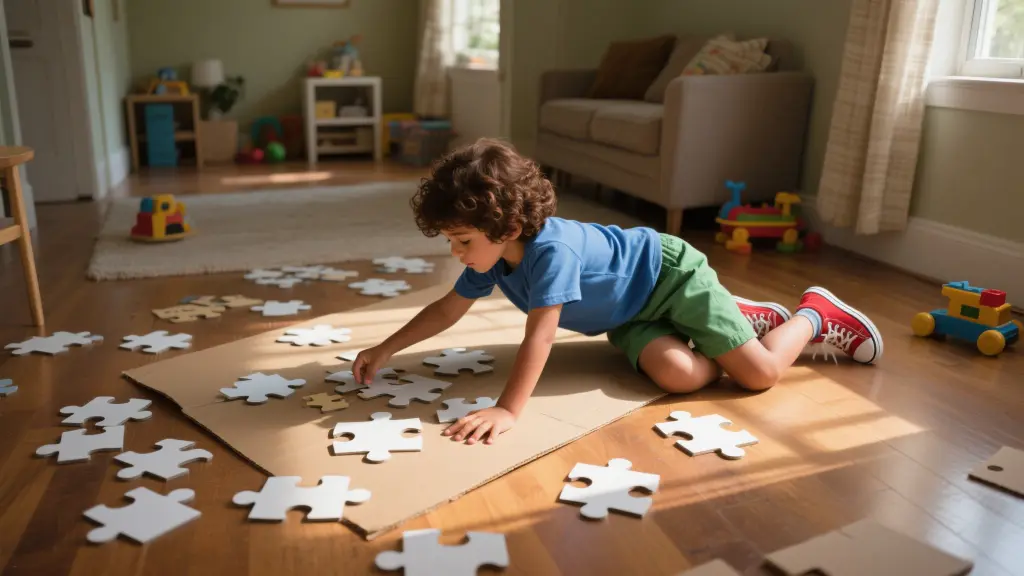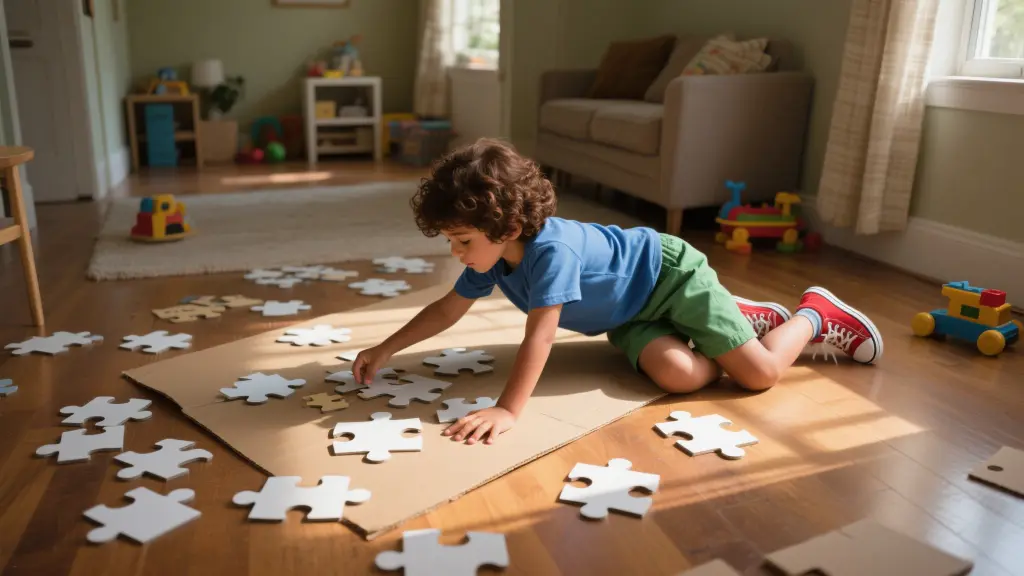Crafting is an incredible way to channel kids’ creativity while simultaneously helping them develop essential fine motor skills. By engaging in hands-on activities, children can strengthen their hand-eye coordination, dexterity, and concentration. Here are some fantastic craft ideas that are not only fun but also effectively nurture these skills effortlessly.
Paper Plate Animals
Creating animal faces with paper plates is a delightful way to get kids excited about crafting. Simply provide various art supplies such as markers, glue, and scissors, and let their imaginations run wild.
This craft requires cutting, gluing, and coloring, which are all excellent for developing those fine motor skills.
Bead and String Creations
Stringing beads isn’t just fun; it also significantly enhances fine motor coordination.

This task requires precision and focus, as kids need to carefully thread the beads onto the string.
Easy Origami Projects
Origami is a fantastic way to boost both fine motor skills and cognitive abilities.
Origami teaches patience and precision. The process of folding paper helps develop dexterity and strengthens problem-solving skills.
Fun with Playdough
Manipulating playdough is a timeless craft activity that never gets old. Kids can roll, flatten, and mold shapes, all of which are fantastic for building hand strength and coordination.

Playdough is not only a creative outlet but also a great way to improve grip strength and control.
Craft Table Setup
To make crafting easier and more organized, consider setting up a craft table with all necessary supplies. Here’s a quick layout suggestion:
| Item | Purpose | Must-Have? | Cost |
|---|---|---|---|
| Paper Plates | Animal Crafts | Yes | Low |
| Beads | Stringing Activities | Yes | Medium |
| Origami Paper | Folding Crafts | Yes | Low |
| Playdough | Molding Activities | Yes | Medium |
Setting up a designated space for crafts can encourage creativity while minimizing mess. These engaging activities ensure that children not only have a great time but also build crucial skills they’ll carry with them as they grow. By incorporating these crafts into regular playtime, kids can develop their fine motor skills effortlessly and enjoyably.
The duration of each craft activity is quite flexible, generally ranging from 30 minutes to an hour. This time frame accommodates the various complexities of the projects involved. Simpler crafts, like decorating paper plates, may take less time, while something more intricate, such as origami, could stretch a bit longer. It’s all about finding that sweet spot where kids can dive into the activity, explore their creativity, and not feel pressured by time constraints.
Setting aside this amount of time gives children the opportunity to engage thoroughly with the materials and techniques. They can fully immerse themselves in the crafting experience, experimenting with colors, shapes, and patterns, leading to a sense of accomplishment upon completing their creations. This leisurely pace not only fosters creativity but also allows them to develop important skills in a relaxed and enjoyable environment, making the entire crafting session a delightful adventure.
FAQ
What age group is suitable for these crafts?
The crafts mentioned are suitable for children aged 3-12 years. Younger children may need assistance, while older kids can do most activities independently.
How can these crafts help with fine motor skills?
These crafts involve various tasks such as cutting, gluing, stringing beads, and folding paper, all of which require precision and control. Engaging in these activities helps improve hand-eye coordination and strengthens the muscles used in fine motor tasks.
Are the materials for these crafts expensive?
Most of the materials listed are quite affordable and can easily be found at local stores or even around the house. Items like paper plates, beads, and playdough are generally low-cost and can be purchased in bulk.
Can these crafts be done in groups?
Absolutely! These crafts are perfect for group settings, such as classrooms or playdates. Working together encourages social skills and collaboration, making the crafting experience even more enjoyable.
How long does each craft activity typically take?
Depending on the complexity, each craft activity usually takes between 30 minutes to an hour. This allows enough time for kids to engage fully and enjoy the creative process without feeling rushed.
